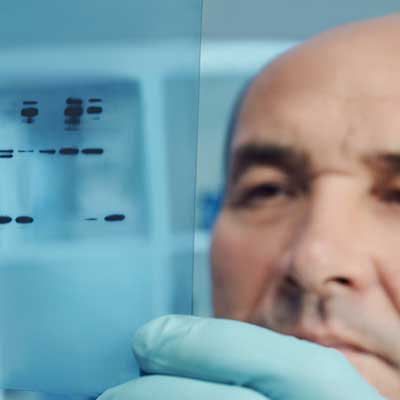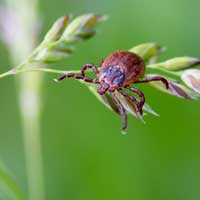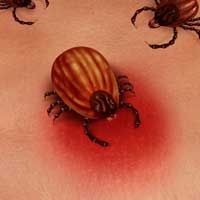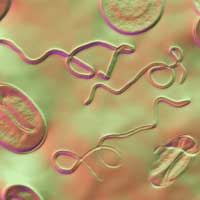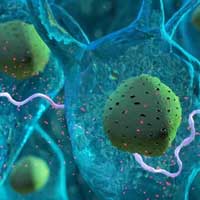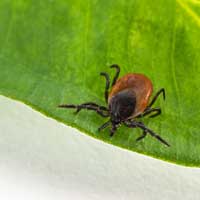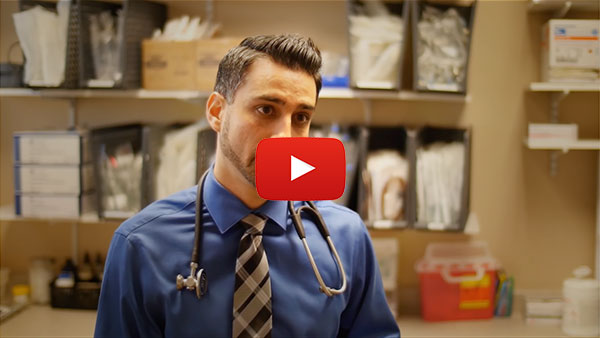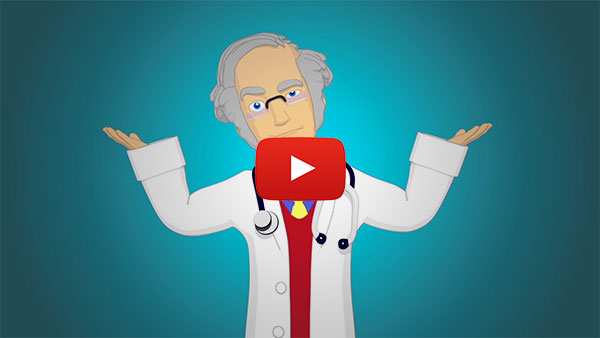Lyme Disease Testing - A Difficult Diagnosis Contributes Can Lead to Problems

Second only to AIDS, Lyme disease is among the fastest-growing infectious diseases in the United States, yet it is widely under-reported and misunderstood. In fact, some estimates suggest the number of Lyme disease cases is 15 times higher than what is reported. This is an extraordinary figure, especially given the fact that the disease was not widely known until an outbreak in Lyme, Connecticut, in 1975.
Borrelia Burgdorferi Examined Under A Microscope
Confusion on How Lyme Disease is Transmitted
There is also confusion surrounding the common carriers of Lyme disease. Although deer ticks are often associated with transmittal, lone star ticks, western black-legged ticks and wood ticks (or dog ticks) can spread the disease as well. Treating physicians may not recognize these other carriers and fail to correctly diagnose and report the disease as a result. It is important to work with LLMDs (Lyme Literate Medical Doctors) that are trained and knowledgeable about diagnosing and treating the disease.
Lyme Disease is Often Misdiagnosed
Often ignored and misunderstood, Lyme disease is a condition that is rarely diagnosed properly. One reason for the difficulty in diagnosis is that conditions such as fibromyalgia, Chronic Fatigue Syndrome, MS, ALS, Parkinson's and Alzheimer's, as well as more than some 350 different diseases, indicate similar symptoms.
The characteristic "bull's-eye" rash (erythema migrans) typically associated with Lyme disease only appears in an estimated 50% of infected individuals or it may appear in a different form. Moreover, if this rash does appear, it will generally wane over a two to a four-week period. 70 percent of all patients who do present with Lyme disease complex never recall such a rash.
Further problems stem from the fact that most physicians do not know how to recognize or treat Lyme disease. Lyme disease has a complex pathogenesis and is a multi-system disease. Clinical presentation can be subtle and complex, and as a result, diagnosis is heavily based on history, symptoms, response to therapy and other clinical information.
Lastly, the ticks responsible for transmitting the bacteria that cause Lyme disease also carry other pathogens that can cause coinfections, serving to interfere with the clinical diagnosis. Coinfections can adversely influence patients' immune systems and alter the characteristics of the disease and the severity of the infection. As a result, misdiagnosis often occurs, leaving patients to receive improper treatments.
Poor Lyme Disease Testing and Diagnosis Leads to Complications
Further, Lyme disease diagnosis complications are caused by a lack of adequate testing. And unfortunately for those infected, there is no standard test within the medical field that indicates a positive condition. While testing is available, it only focuses on markers for the disease's early stages.
Moreover, current tests at most laboratories are based on only one strain of Borrelia burgdorferi (the bacteria that causes Lyme disease), despite the fact that there are more than 300 strains known worldwide (100 in North America alone), such as Borrelia andersonii, Borrelia lonestari, and Borrelia miyamotoi. These other species of Borrelia are ignored mainly because the laboratories have difficulty isolating and identifying them. This difficulty contributes to researchers' inability to study and understand the bacteria's pathogenesis.
Testing Limitations Makes Lyme Disease Difficult to Detect
Due to pronounced testing limitations, patients have a high probability of receiving false-negative test results. And because most tests measure antibodies to Borrelia burgdorferi – not the organism itself – patients sometimes test positive even if the organisms are no longer present. The difficulty in diagnosing Lyme disease is made even more challenging when you consider that the possible number of symptoms totals around 100.
Proper treatment of Lyme disease is requisite to avoid long-term complications. Those who go untreated or are treated improperly can face a lifetime of debilitating symptoms.
Envita Medical Centers of America has been treating and studying Lyme disease for nearly a decade. As an important part of our Disease Solutions Program®, we work with a number of specialized laboratories that test exclusively for Lyme disease and its coinfections. Such specialized testing ensures that patients receive the most accurate diagnosis available. Our team of physicians offers the credentials, experience and expertise in identifying and recognizing Lyme disease's clinical indicators.










